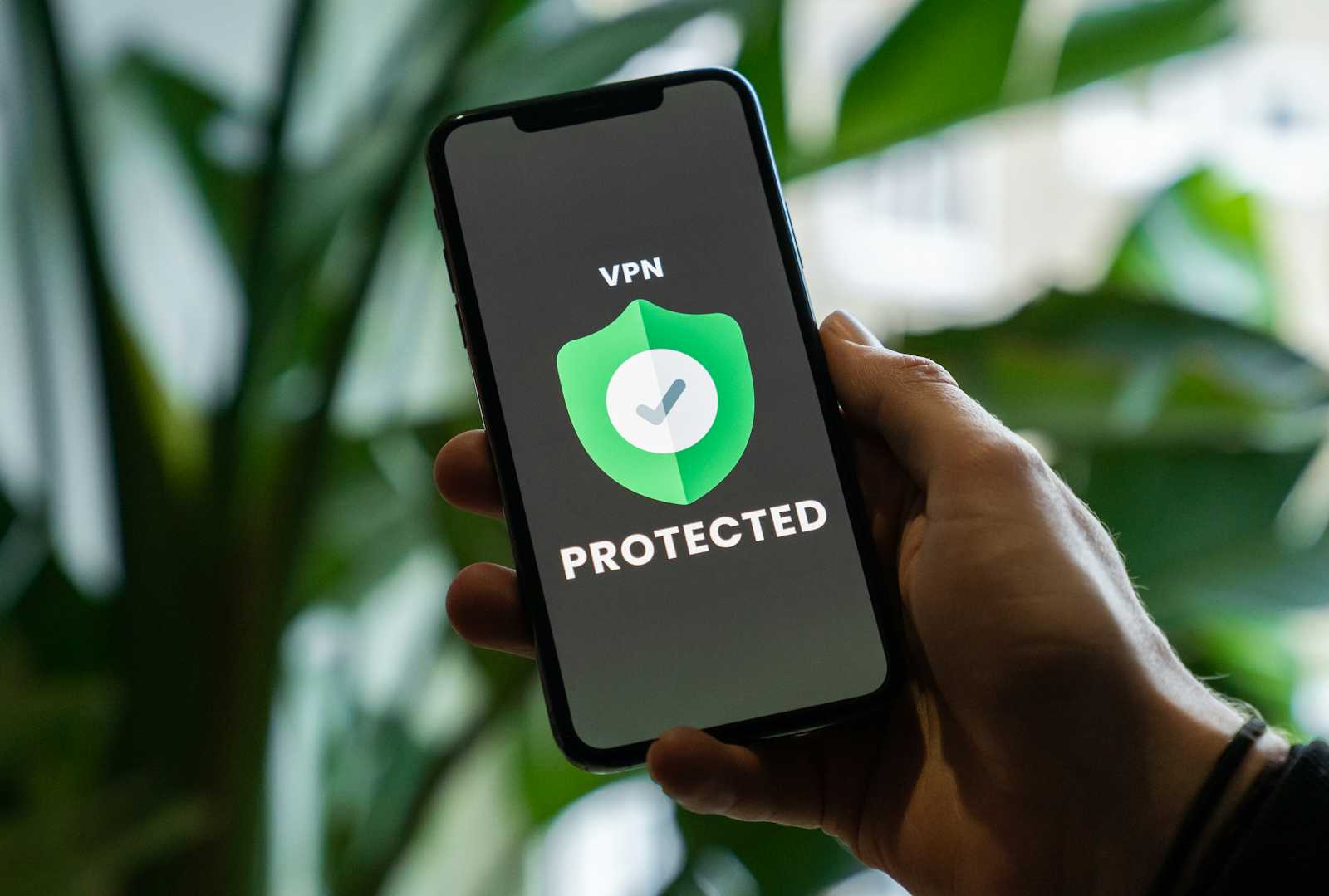Understanding DHCP, VPNs, and MAC Addresses
 sheheryar altaf
sheheryar altaf
Dynamic Host Configuration Protocol (DHCP) is a network management protocol used to automatically assign IP addresses and other configuration details to devices on a network. This eliminates the need for manual configuration of IP addresses, reducing the risk of errors and saving time for network administrators.
Static IP Addressing
Historically, IP addresses were assigned manually, requiring administrators to configure each device with a unique IP address, subnet mask, and DNS server. This method was labor-intensive and prone to conflicts due to the need for careful management of each address.
Dynamic IP Addressing with DHCP
IP Assignment: Devices request an IP address from a DHCP server. The server assigns an IP from a predefined pool, along with other necessary details like the default gateway (the device that routes traffic from your local network to other networks), subnet mask (a number that divides the IP address into network and host parts), and DNS server (which translates domain names to IP addresses).
Lease Mechanism: Each IP address is assigned for
a specific period (the lease time). Once the lease expires, the IP address is returned to the pool for reuse. Devices can request to renew their lease while still connected. If a device disconnects, the IP address is made available for others. This mechanism prevents issues where a device might take an IP address with it when it disconnects. For instance, if a DHCP server has a pool of 3 IP addresses and one device leaves, the IP address will eventually be returned to the pool, allowing new devices to connect without running out of IP addresses.
DHCP Scope: The range of IP addresses available for assignment by the DHCP server is known as the scope. Network administrators can customize this scope to fit the network's needs.
DHCP Reservations
To ensure that certain devices, like printers or servers, always receive the same IP address, DHCP reservations can be set. This associates a specific IP address with a device’s MAC address, ensuring it always gets the same IP address from the DHCP server.
Implementation
DHCP services are integrated into server operating systems such as Microsoft Windows Server and Linux. DHCP service can also be on router on small scale like home,office ,bar.
Virtual Private Network (VPN)
Virtual Private Network (VPN) offers a crucial layer of protection. A VPN creates a secure network connection over an otherwise unsecure connection, such as the public internet. Here’s a closer look at what VPNs do and how they benefit users.
What is a VPN?
When you connect to the internet through your Internet Service Provider (ISP), they have the potential to view all your online activities. While some ISPs keep this information private, others may share it with third parties like advertisers or even government agencies. A VPN helps to safeguard your privacy by routing your internet connection through a VPN server instead of your ISP’s server. This means that instead of your IP address being visible, only the VPN server’s IP address is seen, masking your true location and identity.
How Does It Work?
When you visit a website without a VPN, that website can see your real IP address, which reveals your location and identity. However, with a VPN, your real IP address is replaced with the VPN server's IP. This change helps to maintain your anonymity online. Additionally, VPNs add an extra layer of security to your data packets through a process known as tunneling. This layer of encryption makes it extremely difficult for hackers, governments, or other entities to intercept and decipher your data.
For example, imagine you're a college student studying abroad. Without a VPN, your university's online resources might be restricted to students from your home country. Similarly, if you're traveling for work and need to access your company's internal network, a VPN can provide secure access as if you were in the office.
Benefits of Using a VPN
Enhanced Privacy: Your real IP address is hidden, reducing the risk of tracking and surveillance. For example, if you’re streaming your favorite shows on a public Wi-Fi network, a VPN prevents others on the same network from snooping on your activity. Think of it like going incognito while browsing in a crowded cafe.
Access to Restricted Content: VPNs enable you to bypass geo-restrictions and access content that may be unavailable in your region. For instance, if a music video or streaming service is restricted to certain countries, a VPN allows you to access it by connecting to a server in a location where the content is available. It's like being able to watch your favorite shows from Netflix US while traveling in Europe.
Secure Remote Work: For remote workers, VPNs offer a cost-effective alternative to expensive leased lines for secure access to office networks. This is particularly useful for businesses with employees who need to access sensitive data from various locations. Imagine working on a group project from a coffee shop but securely accessing your company’s internal documents through a VPN.
Safety on Public Wi-Fi: Public Wi-Fi networks, like those in cafes or airports, are often vulnerable to cyber-attacks. Using a VPN on such networks encrypts your data, protecting you from potential threats. For instance, when studying at a library, a VPN keeps your personal information safe from prying eyes.
Free vs. Paid VPNs
While there are free VPN options available, they often come with significant limitations. Free VPNs may sell your browsing activity to third parties, compromising your privacy. In contrast, paid VPNs typically offer better security, performance, and privacy assurances. For example, a paid VPN will not log your browsing history, whereas a free VPN might. Investing in a reputable paid VPN is like choosing a trusted security system over a DIY lock for your home.
Global Context and Restrictions
In countries with strict internet controls, such as North Korea, China, or Saudi Arabia, accessing the internet can be heavily monitored and restricted. VPNs can help users in these regions circumvent firewalls and access the global internet. For instance, if a student in China wants to access educational resources from outside their country, a VPN provides a way to bypass these restrictions.
Understanding MAC and IP Addresses: A Simplified Guide
In the world of networking, two essential identifiers help devices communicate: MAC addresses and IP addresses. Let’s break down what each of these is and how they work together, with some engaging examples.
MAC Address: The Device's Permanent Name Tag
A MAC (Media Access Control) address is like a unique name tag for your device that never changes. Here’s what makes it special:
Format: It’s 6 bytes long and written in hexadecimal format, like
00:1A:2B:3C:4D:5E. The first 3 bytes identify the manufacturer, and the last 3 bytes identify the specific device.Purpose: In your local network, the MAC address helps devices find and talk to each other. Imagine you’re at a party (your home Wi-Fi), and everyone has a name tag. The name tag (MAC address) helps others at the party recognize and interact with you directly.
IP Address: The Global Locator
An IP (Internet Protocol) address acts like a temporary mailing address, guiding data to and from your device across different networks. Here’s how it works:
Format: IP addresses can be IPv4 (e.g.,
192.168.1.1) or IPv6 (e.g.,2001:0db8:85a3:0000:0000:8a2e:0370:7334).Purpose: The IP address helps locate your device on a global scale, enabling data to travel across various networks. Think of it as a mailing address that ensures your digital letters and packages (data) reach the right place, even if it's far away.
For instance, when you want to watch a video on YouTube, your device uses IP addresses to route the data from YouTube’s servers to your device. If YouTube is like a distant friend, the IP address is how you find their house.
How They Work Together
Local Network Communication: When two devices on the same network want to talk, they use MAC addresses. For example, if your laptop wants to send a file to your printer, it uses the printer’s MAC address to ensure the file goes to the right device.
Global Communication: When accessing a website, your device first uses the IP address to locate the site. For instance, when you want to play an online multiplayer game, your device uses the game server’s IP address to send and receive data. Once the data reaches the game server’s network, MAC addresses help deliver the data to the specific server within that network.
Example Scenario: From a Local Party to a Global Invitation
Local Party: You’re at a gaming LAN party. Your computer needs to send data to another player’s computer. You use their MAC address to ensure the data reaches them directly, just like knowing someone’s name tag at the party.
Global Invitation: You want to join a new online game hosted on a server far away. Your computer uses the server’s IP address to find it on the internet. Once the data reaches the server’s network, MAC addresses help deliver the data to the right game server within that network.
Summary
MAC Address: The permanent name tag for devices within a local network.
IP Address: The temporary mailing address that helps route data across networks.
Conclusion
Understanding the fundamentals of DHCP, VPNs, and MAC addresses is crucial for anyone involved in network management or seeking to enhance their online privacy and security. DHCP simplifies the process of IP address assignment, reducing administrative overhead and minimizing errors. VPNs provide a vital layer of security and privacy, allowing users to protect their data and access restricted content securely. Meanwhile, MAC and IP addresses play essential roles in device identification and data routing, ensuring seamless communication within local networks and across the internet. By grasping these concepts, individuals and organizations can better manage their networks and safeguard their online activities.
Subscribe to my newsletter
Read articles from sheheryar altaf directly inside your inbox. Subscribe to the newsletter, and don't miss out.
Written by

sheheryar altaf
sheheryar altaf
Hello, I'm Sheheryar Altaf, a BSCS student at COMSATS University Islamabad. Passionate about computer science, I'm dedicated to mastering Object-Oriented Programming (OOP), Data Structures and Algorithms (DSA), and databases. I have practical experience in projects like the Voting Management System database, where I've applied these skills hands-on. I'm eager to tackle new challenges and continuously expand my knowledge and skills in computer science. Here's to excelling in my studies and embracing endless possibilities!